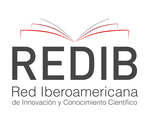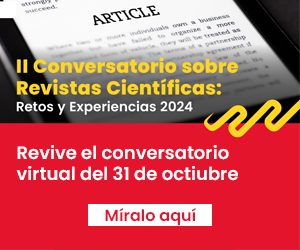Submissions
Submission Preparation Checklist
As part of the submission process, authors are required to check off their submission's compliance with all of the following items, and submissions may be returned to authors that do not adhere to these guidelines.- I have carefully read the Ethical Publication Policies established by RNP and I declare that I adhere to them.
- The manuscript contributes to the academic debate on psychiatry, neurology, neurosciences, mental health, behavioral sciences, child psychiatry and pediatric neurology.
- The manuscript has been prepared in accordance with the RNP Instructions for Authors.
- I have been designated as correspondent author and I promise to maintain communication between the authors and the RNP, while the application, evaluation, observation and publication phases remain in force.
- The manuscript is unpublished, has not been previously published nor has it been submitted to another journal.
Copyright Notice
License and copyright
RNP is distributed under a Creative Commons Attribution 4.0 International License.
Authors assign their rights to the RNP so that may disseminate the article through the means at their disposal. The journal will provide forms of affidavit of authorship and authorization for the publication of the article, which shall be submitted with the manuscript.
Authors retain the right to share, copy, distribute, perform and publicly communicate their article, or part of it, mentioning the original publication in the journal. Authors may archive in the repository of their institution:
- The thesis from which the published article derives.
- The pre-print version: version prior to peer review.
- The post-print version: final version after peer review.
- The final version or final version created by the editor for publication.
Privacy Statement
The names and email addresses entered in this journal will be used exclusively for the purposes established in it and will not be provided to third parties or for their use for other purposes.
Updated October 9, 2024

















 RNP is distributed under a
RNP is distributed under a 